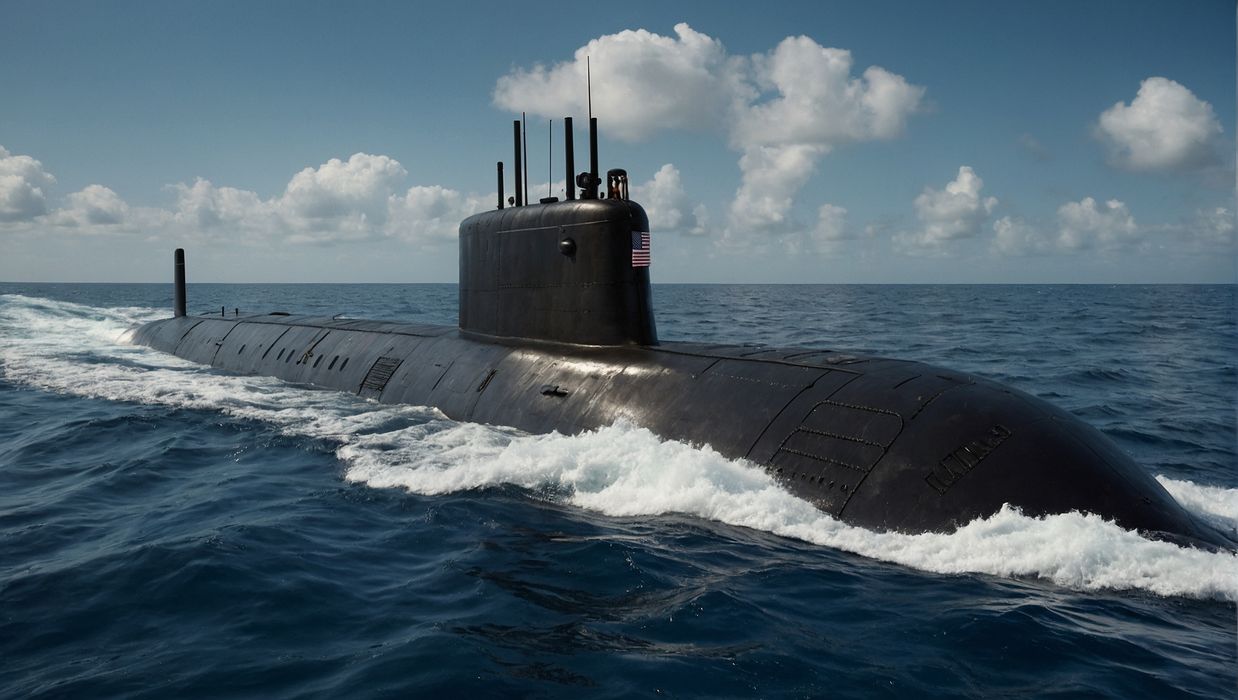
Fairbanks Morse Defense will produce a 70-lb copper-nickel valve assembly made with additive manufacturing in a fraction of the time compared to sand casting.
The US Navy continues to lead the charge in additive manufacturing (AM) for defense applications with the latest announcement of a 3D-printed component that will be installed on submarines.
Hunt Valve, a Fairbanks Morse Defense (FMD) company, has been awarded a contract by the Maritime Sustainment Technology Innovation Consortium (MSTIC)to manufacture 3D-printed valve assemblies.
“The utilization of additive manufacturing assembly with copper-nickel for large valve production is a real step forward for our industry,” said Andrew Pfister, vice president of aftermarket and product development at FMD, in a press release. “Not only does it create a superior product in terms of quality, but the process can significantly reduce lead-in times.”
In this case, FMD reports that the 3D-printed valve assemblies are produced in approximately one third of the time it takes to produce the same components using traditional sand-casting. Weighing in at roughly 70 lbs each, the additively manufactured valve assemblies are also notable for their large size, especially given their material composition.
Copper-nickel alloys can be challenging to work with even in traditional processes. Sand-casted copper nickel tends to be highly porous, resulting in high fall-out rates, but FDM claims the 3D-printed parts are seeing drastically higher first-time yields, which would give additive manufacturing the edge over sand-casting not only in terms of time but quality as well.
The contract between Hunt Valve and MSTIC allows for the 3D-printed valves to be installed on any US Navy submarine, which the company and consortium expect will increase the production speed of components for the fleet by as much as 75%.
“Innovative technologies such as additive manufacturing are essential for building the submarine industrial base to overcome supply chain challenges,” Pfister said. “By scaling additive manufacturing, we can reduce shipping from other parts of the world and increase the speed of production at home – which positively impacts the Navy’s overall strategic goal to deliver a 300+ fleet.”
Read the rest of this story at ENGINEERING.com
